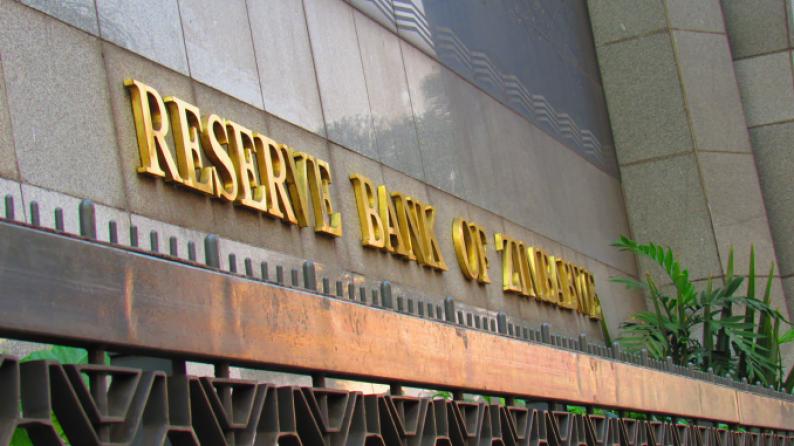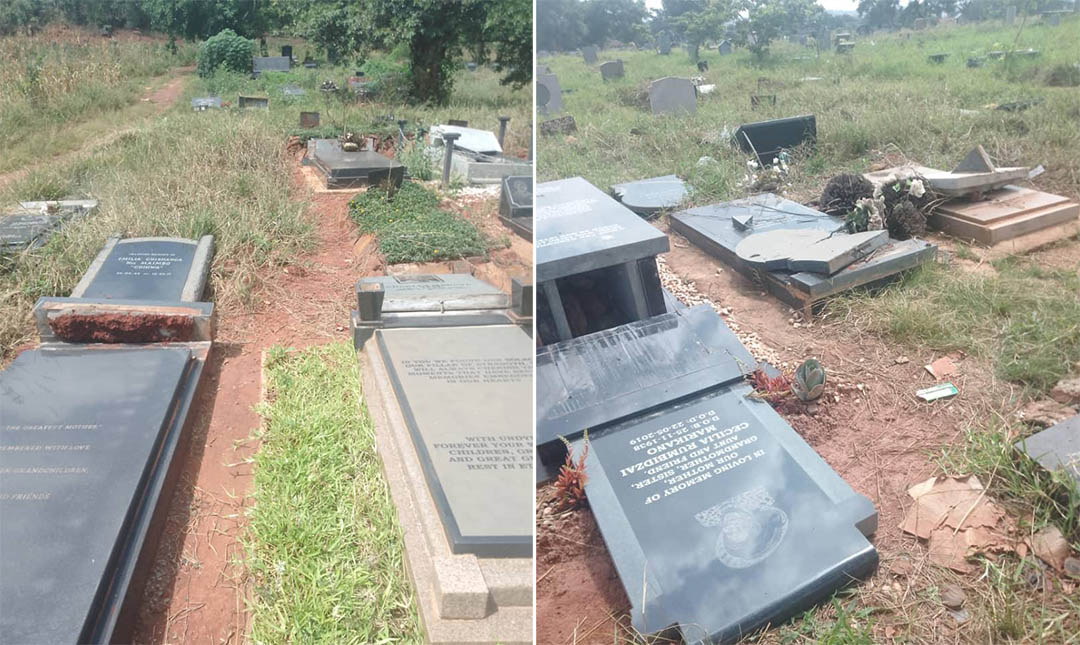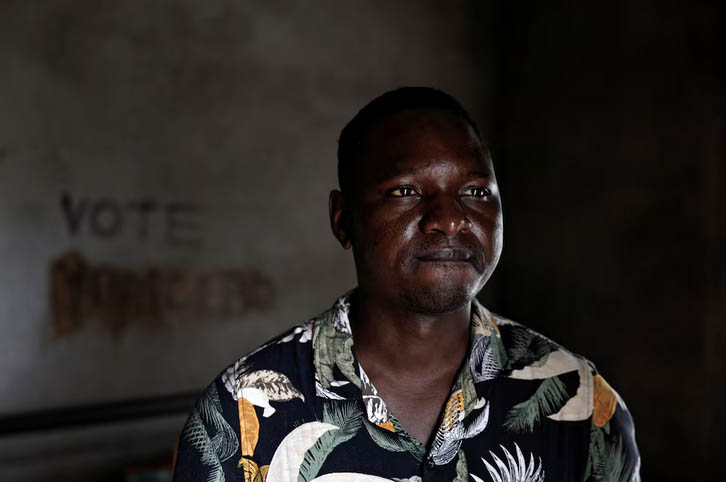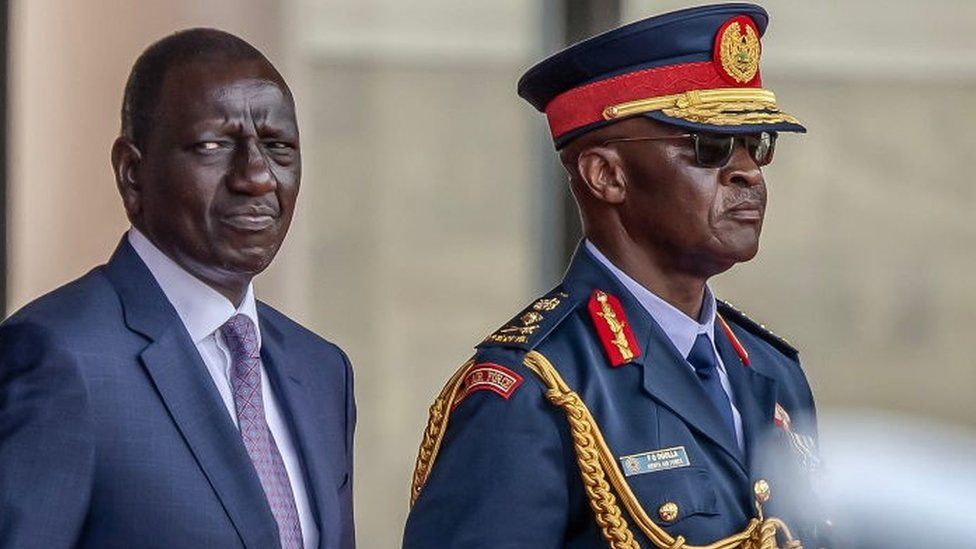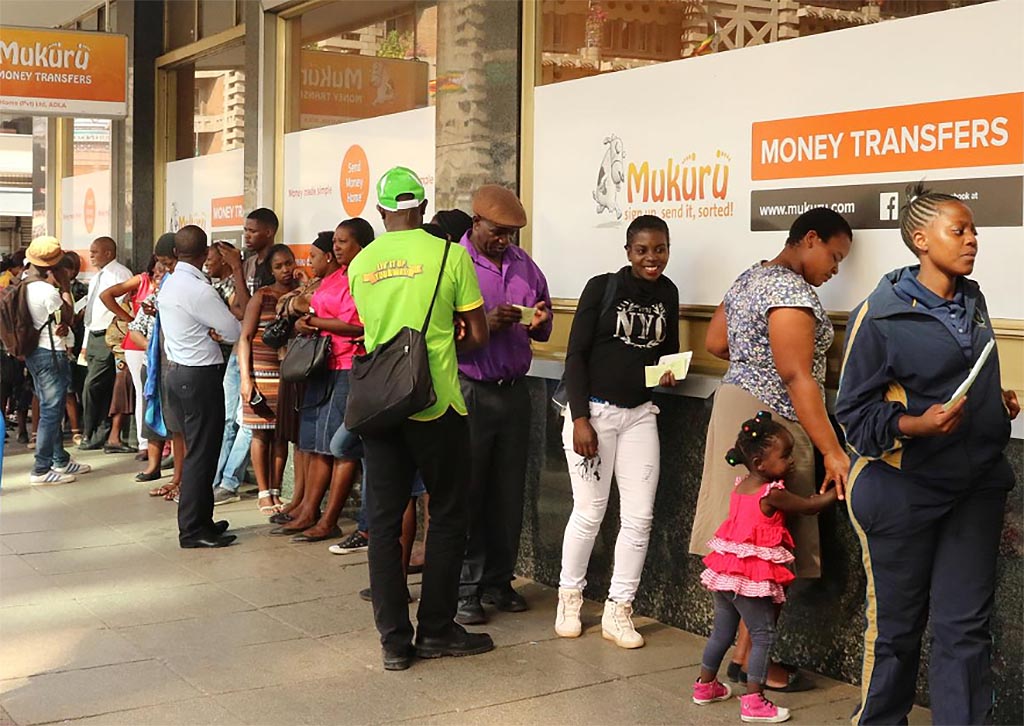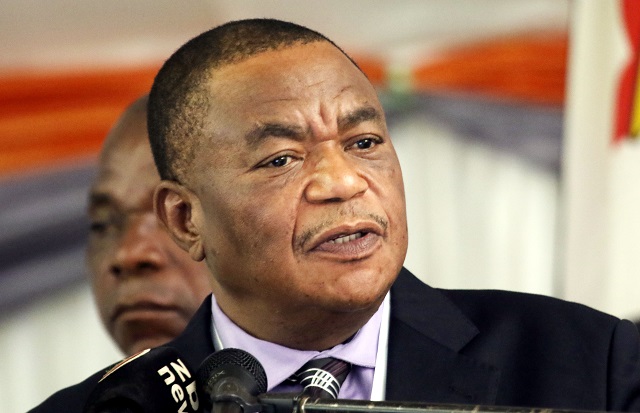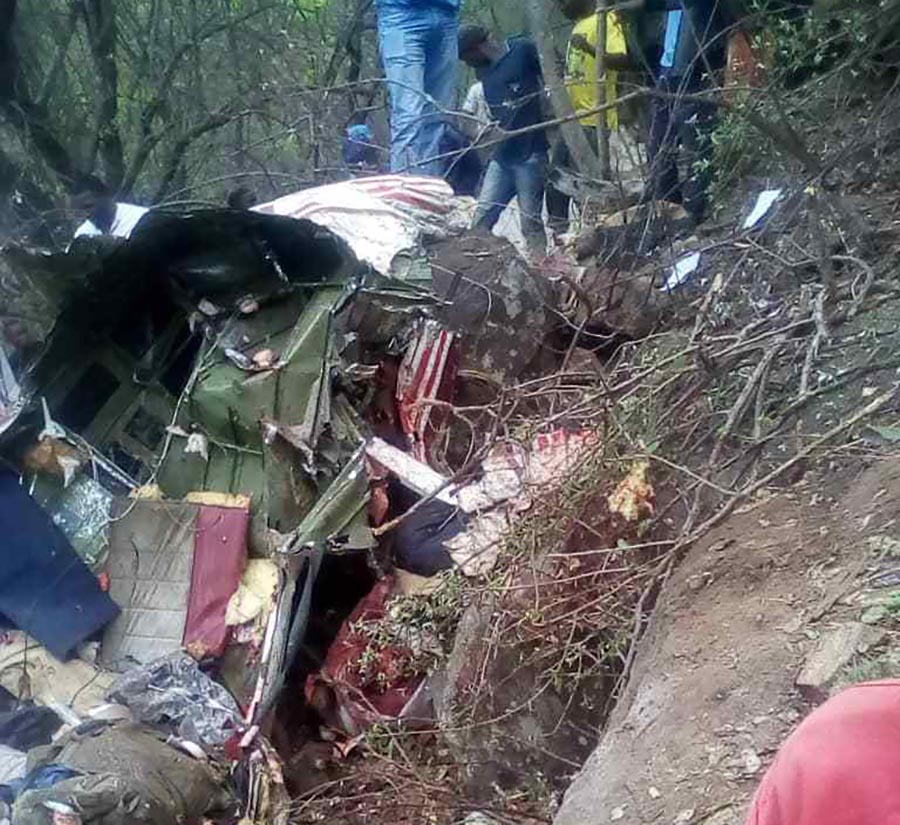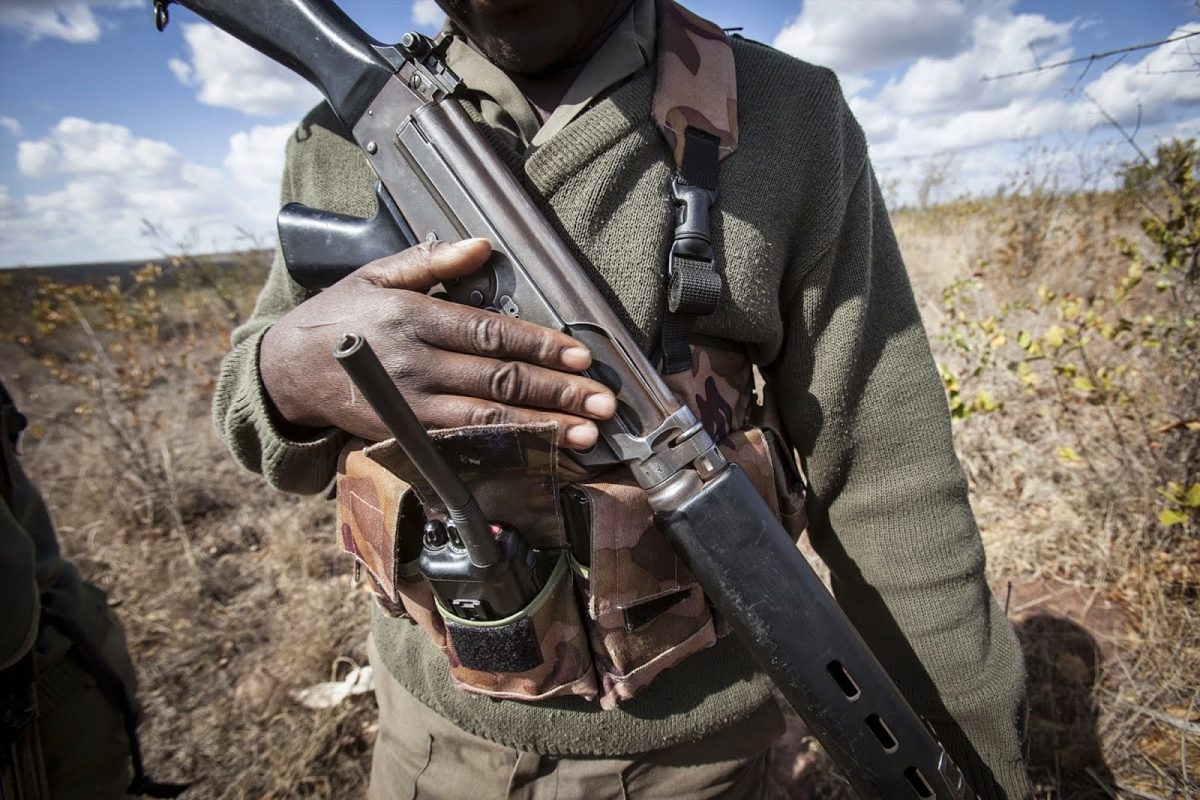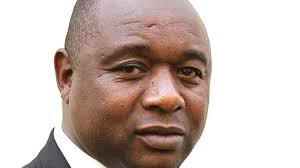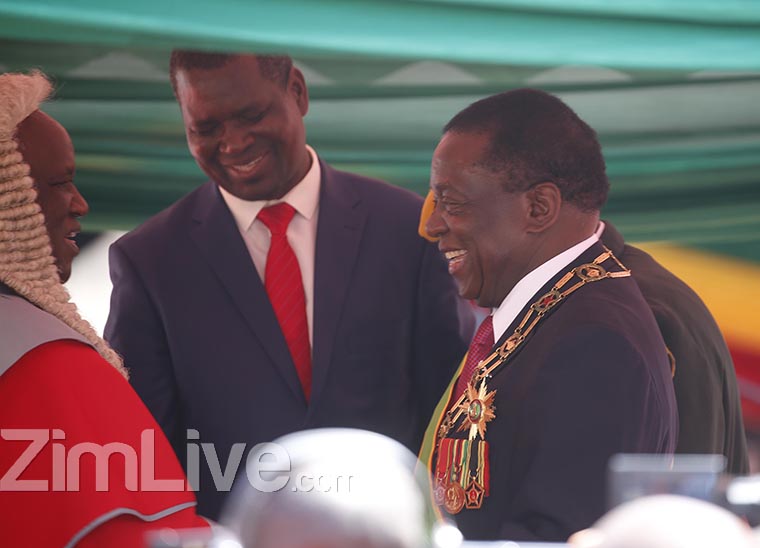BULAWAYO – It is clear that the auction for foreign exchange is in trouble. The arrears now stand at over US$200 million. That is equivalent to nearly Z$18 billion and the delays are having a serious impact on company cash flows and confidence in the system overall.
While the SME Auction is playing a key role in the economy and is giving these companies access to foreign exchange at favorable exchange rates and is not subject to the same delays, this is only 20 percent of the market. The stable exchange rate and the more readily available foreign exchange has had a significant impact on the wider economy. It has also restrained inflationary pressures.
But the fact is that the determination by the Reserve Bank of Zimbabwe (RBZ) to maintain the allocation of more foreign exchange than is actually available to the market and now to try and fund the shortfall by asking banks to finance the gap from their own resources (essentially a line of credit to the RBZ) is not the solution. Most recently, the attempt to fund the shortfall by asking banks to use Afreximbank Letters of Credit as a means of funding the required imports is simply exacerbating the crisis. This is being resisted by the companies involved as it increases costs and does not really help the cash flows involved. It also changes the credit terms for the imports involved and this is creating difficulties.
The reality is that the auction simply does not have adequate funding to meet demand. Normally, in a real market, this would result in the weighted average exchange rate simply depreciating until demand equaled supply. There is resistance to this in government and the Reserve Bank of Zimbabwe because of the implications for inflation.
One immediate consequence of the widening gap between supply and demand is the rapid depreciation in informal market exchange rates which now approach US$1 : RTGS$150 after being stable at about 1:100 for the first six months of the auction. This situation needs some analysis even if the facts are really not known or even understood.
In the formal sector, total foreign exchange inflows are about US$6.5 billion. Total outflows are growing in response to the now expanding domestic economy and are probably approaching US$6 billion. Most observers agree that we have a small surplus in our balance of payments. But this is far from the whole story.
We know that out national output of gold is about 70 tonnes a year. Of this only 20 odd tonnes is traded formally, the rest is purchased and sold informally. If this involves 50 tonnes a year then this trade is worth US$3 billion or more. We know this is traded largely in South Africa where some of the resulting gold is sold in local markets and the rest is exported to other countries, especially the United Arab Emirates.
In South Africa, some of this the gold is sold for rand and this generates very substantial rand balances which are then “sold” in RTGS to local importers at a premium. The RTGS then being used to buy United States dollars to buy gold from the informal sector. It is impossible to determine what impact this has on the country’s balance of payments but it must be considerable and this explains why the RTGS rate for cash USD is so much higher than Nostro transactions.
It is well known that the South African refineries declare much of this smuggled gold as “melted jewelry” and claim back to VAT. This enables the informal traders to actually pay a very high price for gold in the domestic market.
In addition to this activity, the extent of smuggling of imports to avoid taxes and to meet domestic demand for everything from spare parts to food and beverages, using what are called “runners”, is also impossible to estimate, but it is considerable. Our border controls are totally subverted. This is not isolated to Zimbabwe but is a well-known factor in all African states, in Tanzania it is estimated that 60 percent of all imports are smuggled.
This entire system is funded by cash transactions and where people do not have access to currency they buy their needs on the informal market. This suggests that total inflows of hard currencies are well in excess of what is recorded from the formal markets. Some of this may well emanate from the rand trade based on both remittances and the gold trade but it is also clear that remittances in all forms are much larger than is currently thought.
In the Horn of Africa, where up to half the population now lives abroad, remittances are anything up to half the total foreign exchange inflows. Average inflows are estimated at nearly US$1,000 per annum per adult working in the diaspora. Zimbabwe has at least five million adults working in the diaspora and their combined incomes far exceed the GDP of their homeland. It is most unlikely that their remittances back to their families are as low as the official numbers suggest – about US$240 a year. This is supported by the physical evidence of remittance supported activity. The ministry of education estimates that US$1.2 billion a year comes into the school system from remittances. The building boom now underway further supports the considerable inflows for this purpose.
This would explain the very substantial trade in United States dollars in the informal economy and these volumes are mostly traded outside the banking system. In many African states, it is possible to raise significant foreign currency resources from informal traders when the banks are unable to fund even a fraction of this activity.
But the fact that Nostro balances in real hard currency have reached US$1.6 billion in Zimbabwe, confirms that fact that overall, the country has a hard currency surplus.
If therefore, we were to abandon the foreign currency auction at the Reserve Bank and to allow a normal foreign exchange market to operate with our own dollar as the sole means of local trades, then it is clear that the resulting exchange rates would be much stronger than they are today on the auction. This is supported by the long tradition in this country of the local currency trading at rates well above 2 to 1 in USD to Z$.
If we were to maintain the present strategy of holding our own currency at well below its real value, then we would have to adopt a value target and buy in hard currency to maintain this exchange rate. Such policies inhibit imports and foster export growth and stimulate job creation.
What to do?
We are clearly in transition and the issue of a road map on the way forward is of critical importance as it would confirm our intention to adopt and use our own currency as the main means of exchange. In fact, the long term goal of such a road map, covering three to five years should be to ultimately make the local dollar the sole means of transactions.
This would automatically mean that all foreign inflows would automatically and immediately by converted into local dollars at an exchange rate that would be determined hour by hour within the banking system. This is what happens today in all regional states except Zimbabwe. It is the main reason why exchange control and the absence of a real market for hard currency giving people free access to such resources to meet external demand are the very foundation of the lack of confidence in Zimbabwe by investors.
Getting there is the key.
The auction implemented in June 2020 was a critical step forward but requires careful management and support. It should not be viewed as a permanent arrangement but as a transitional mechanism to manage our change from a tightly controlled and manipulated economy to one that is more market-driven and open. To achieve this, it is suggested that we consider the following measures with immediate effect:
1. Liberalise the Bureau du Change system by allowing them to buy and sell currency in competition with the street. This would enable us to observe and monitor real exchange rates in this market which should continue to operate in parallel with the formal sector represented by the auction;
2. Require all commercial banks to sell any surplus foreign exchange that they are instructed to sell by their account holders through the auction at rates prescribed by their clients. This will reveal the extent of demand for hard currency at rates higher than the weighted average on the auction itself;
3. Ask the Reserve Bank to stop buying gold on its own account and to redirect the funds that are being used to support this activity to the auction to help meet demand. This should release between US$800 and US$900 million to the auction per annum, boosting the availability of currency by a third;
4. Switch responsibility for clearing RBZ Letters of Credit from the Reserve Bank to the Treasury. In 2019, the Reserve Bank used US$1.2 billion for this purpose. In the medium term once these Letters of Credit have been expunged, they should not be renewed unless a real emergency exists. Letters of credit should be the responsibility of the banking sector and be serviced by the auction. This should further increase the ability of the central bank to fund the auction.
In addition to the above measures, the bank should gradually move to only selling what it has available in cash, on the auction each week with clearance times reverting to seven days by the end of the year at the very latest. If a real surplus of hard currency does exist, the Monetary Policy Committee is going to have to consider at what level they want exchange rates to settle and to start buying foreign currency for holding in national reserves.
Eddie Cross is an economist who previously sat on the RBZ’s Monetary Policy Committee
